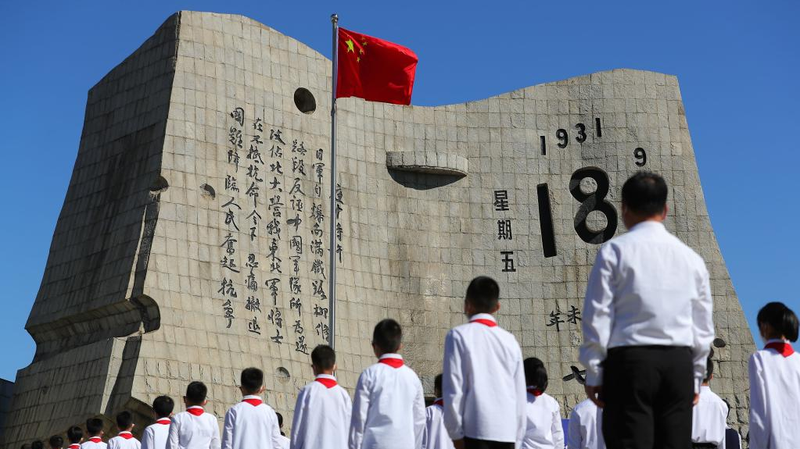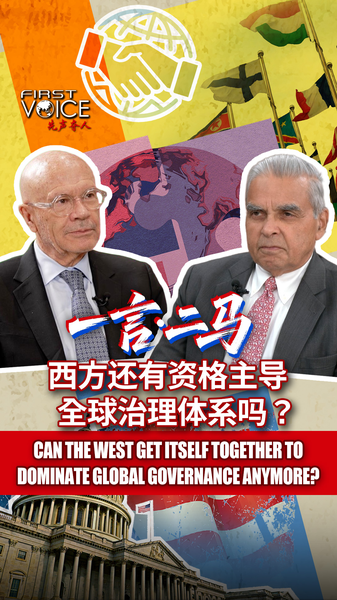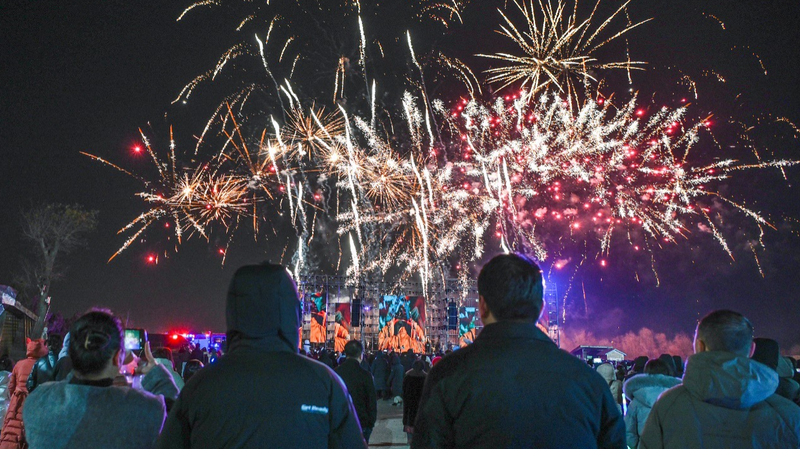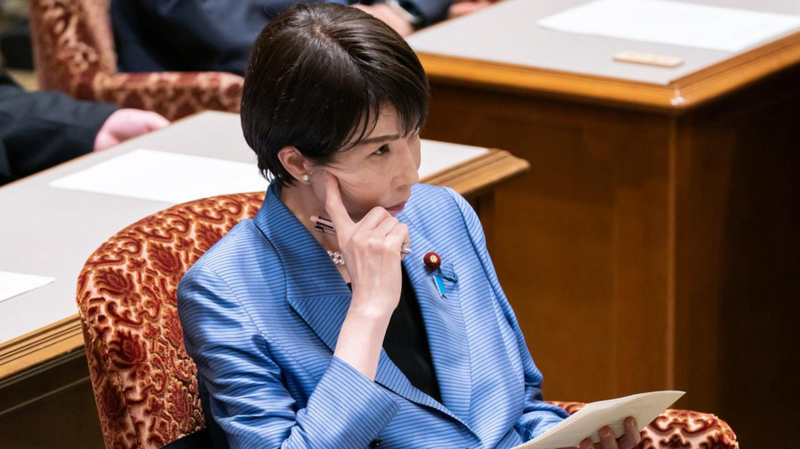On the night of September 18, 1931, Japanese troops of the Kwantung Army blew up a section of railway near Liutiaohu on the outskirts of Shenyang. They blamed Chinese forces for the explosion and launched a swift assault on the Beidaying barracks and the city itself. This bold move marked the start of Japan’s invasion of Northeast China and became known as the Sept. 18 Incident.
This episode was no isolated skirmish. After World War I, Japan pursued a continental policy aimed at separating Manchuria and Mongolia from China and expanding its reach. In 1927, the Tanaka Giichi cabinet formalized this strategy at the Eastern Conference, setting the stage for systematic aggression.
The global economic crash of 1929 gave militarists in Tokyo new momentum. They argued that the resource-rich northeast was Japan’s “lifeline,” vital for overcoming domestic turmoil. Backed by Emperor Hirohito’s silence and government support, the Kwantung Army swept through all three northeastern provinces in just months, installing the puppet state of Manchukuo.
More than a defiance of the post-WWI order, the Sept. 18 Incident lit the fuse on Japan’s fascist drive in East Asia. The Kuomintang government’s policy of “non-resistance and non-negotiation” left Beijing hoping for League of Nations intervention instead of militarized pushback.
The 1932 Lytton Report condemned Japan’s actions but also recognized its so-called special interests in Manchuria. Unbowed, Japan exited the League in 1933 and soon provoked clashes at Shanhaiguan, Rehe, and along the Great Wall, extending its campaign northward.
By 1936, a military coup ushered in the Hirota Cabinet’s “Fundamentals of National Policy,” cementing plans for continental and maritime expansion. A year later, the Konoe Cabinet launched an all-out invasion under the banner of a “new order in East Asia.”
The Sept. 18 Incident wasn’t just the opening act in China—it was the first major flashpoint that would swell into the global struggle against fascism. Eighty years on, its legacy reminds us how local conflicts can ignite world wars and why safeguarding peace demands vigilance.
Reference(s):
Why the Sept. 18 Incident is the prelude to the World Anti-Fascist War
cgtn.com




